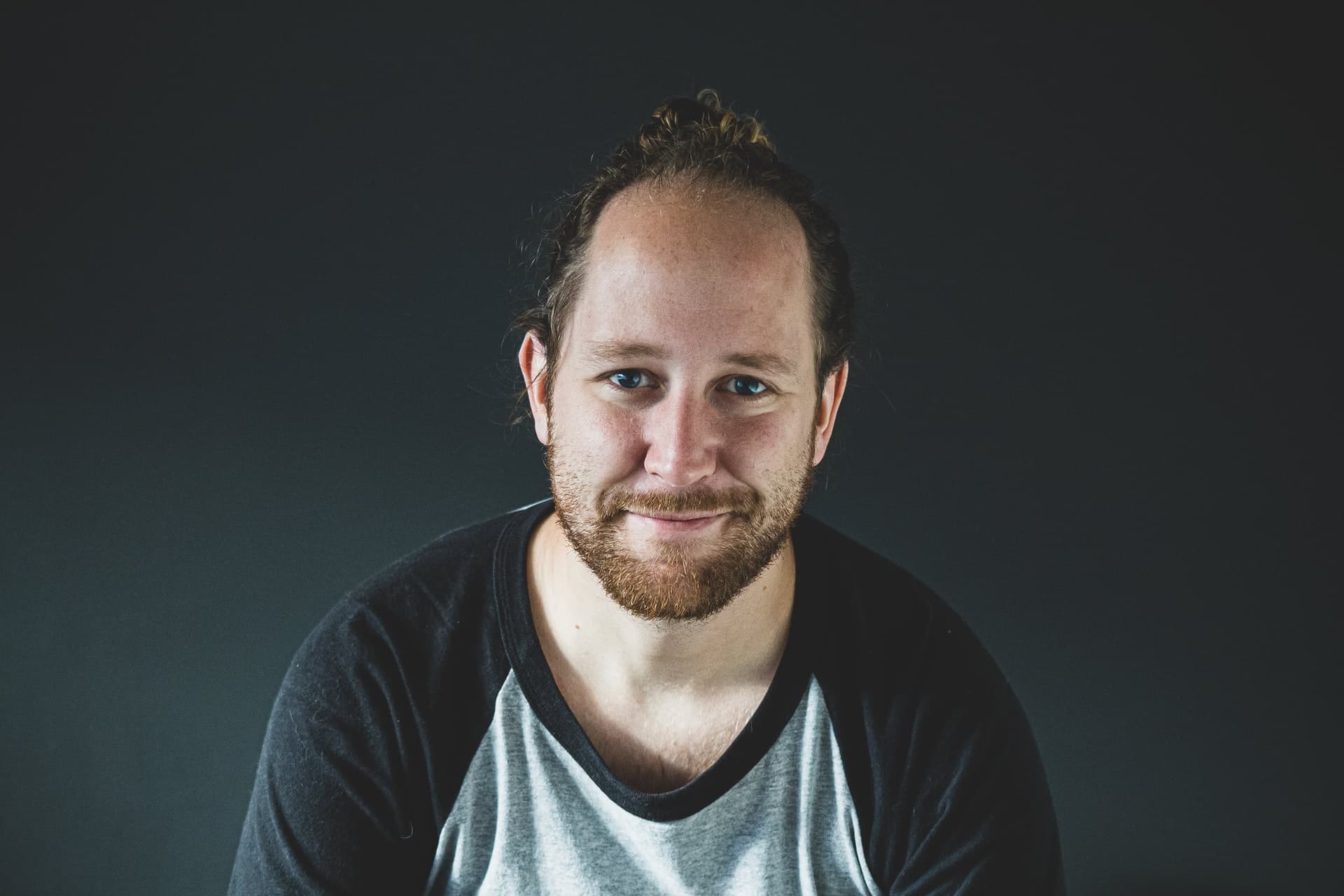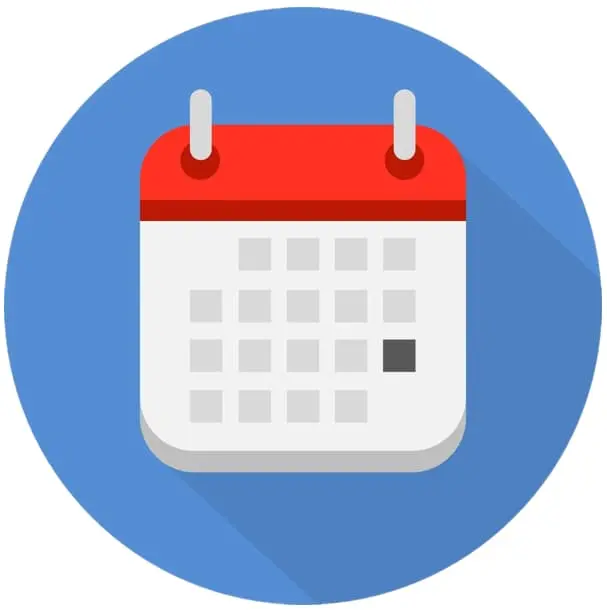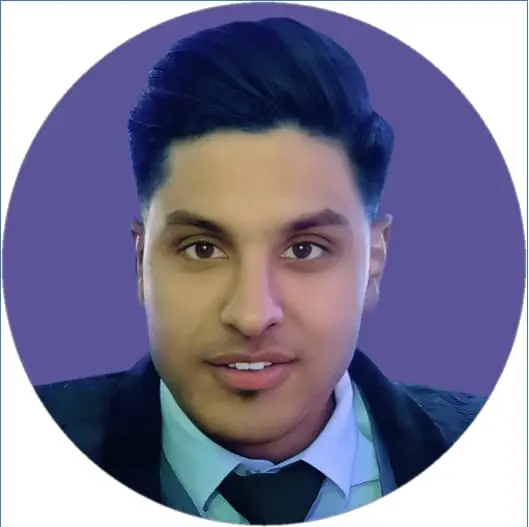Does Finasteride Regrow Hair and Improve Receding Hairlines?

Content by

Last Updated
Receding Hairline? There's a tablet for that...
Delivered discreetly from our UK registered pharmacy
Table of Contents
- How Does Finasteride Work to Reverse or Stop Hair Loss?
- Who Can Take Finasteride?
- Does Finasteride Regrow Hair?
- Finasteride Results on a Receding Hairline
- Is Finasteride The Only Prescription Medication for Hair Loss?
- Are There Any Potential Side Effects of Finasteride?
- What Happens When You Stop Taking Hair Loss Tablets?
- So, Does Finasteride Work for Receding Hairlines?
- Tips For Maximising Hair Regrowth
- Finding The Right Hair Loss Treatment for You
Millions of men and women around the world deal with hair loss. For men, the most common issue is androgenetic alopecia, or male pattern baldness (MPB), which accounts for over 95% of hair loss in men. Although thinning can occur in different areas of the scalp, one of the most difficult areas to deal with is around the hairline.
If you’re looking for ways to regrow a receding hairline, you’ve likely heard of finasteride, one of the few approved treatment options on the market that has been proven effective for reducing pattern hair loss in men. So, can oral finasteride stop you from receding further? Is it effective in the long-term for treating male pattern baldness?
When you dive into the science behind these hair loss tablets, you can see why finasteride has the potential to regrow hair and prevent more hairs from falling out. But, not everyone will have the same experience. Here’s a look at how finasteride works, why it may help with hair regrowth around the hairline, and what studies have shown so far.
How Does Finasteride Work to Reverse or Stop Hair Loss?
It works by blocking the body’s production of dihydrotestosterone (DHT), a male hormone linked to hair loss. High levels of DHT can shrink hair follicles and shorten your hair’s natural growth cycle, causing your hair to thin.
Over time, DHT can damage your follicles, which can lead to problems with long-term hair loss. This is one of the reasons it’s a good idea to talk to your doctor about hair loss as soon as you notice your hairline is thinning. If you can catch hair loss before your hair follicles are damaged, it may be easier to control male pattern baldness.
Who Can Take Finasteride?
Finasteride specifically helps with gradually thinning hair around the temples and at the top of the head. While studies have shown finasteride can help with baldness in men, it is not used to treat hair loss in women or children. It is only licensed to treat hair loss in males aged 18 or over.
Men who are experiencing male pattern baldness can talk to their doctor or pharmacist about taking finasteride to stop hair loss around the hairline and on the top of the head – the two areas associated with androgenetic alopecia. It doesn’t matter if you’re in your 20s or your 60s, if your hair loss is caused by high levels of DHT, finasteride may help.
For some men, signs of hair receding can start to appear very early. It’s estimated that one in four men will begin to see the early signs of male pattern baldness by 21. Don’t feel that you’re too young for help. If you are worried about hair loss, talk to a healthcare professional.
Does Finasteride Regrow Hair?
Finasteride isn’t a medication that will directly trigger growth. It helps your hair to grow back by addressing the root cause of the problem – the DHT. This means it can help to prevent chronic hair loss. It may protect your hair follicles and by promoting overall hair health, it can be a factor in regrowth.
Because it can effectively reduce DHT levels in your body, finasteride may be able to stop your hairline from receding further. While there is no guarantee that taking it will regrow your hair, some men may experience regrowth after taking finasteride.
One 1999 study found that taking one milligram per day for one to two years can slow the progression of hair loss and increase hair growth in men suffering from male pattern baldness.
Even more promising is a five-year study on the medium-term effects of taking finasteride to stop hair loss. In this study, the men who took finasteride experienced a dramatic improvement after one year. And by the five-year mark, most of them saw either an improvement or at least no change, which means their hairline stopped receding. The majority of those who took the placebo, on the other hand, saw their condition worsen.
Finasteride Results on a Receding Hairline
Finasteride will work on all areas of the scalp affected by male pattern baldness, including the hairline. The best way to assess the results from finasteride is to take pictures at regular intervals. You should start to notice a difference at around the 3-month mark, and results should be clearly visible after 6 months. The before and after pictures will give you a good indication whether finasteride is working for you or not. If you have not experienced any positive results after 1 year, you should stop taking treatment as it is unlikely that finasteride will work for you. Having said this, finasteride does not just work to regrow hair, but it can also prevent further hair loss. Sometimes this is difficult to assess, but if you were losing hair before starting treatment, and your hair loss has decreased, after starting treatment, it is likely that finasteride is working for you.
Is Finasteride The Only Prescription Medication for Hair Loss?
There are two approved hair loss medications available for men. Oral finasteride is one. The other is minoxidil (Regaine). While finasteride is a prescription medication, minoxidil can be purchased over the counter.
Both have been shown to improve male pattern baldness and stop hair receding, but neither is a cure. These medicines can be thought of as long-term treatments that can be used to help you manage your condition. While they don’t work for everyone, they are effective for up to 90% of men.
Depending on your condition, you may be able to take both finasteride and minoxidil to stop hair from receding further.
- Finasteride is taken in tablet form orally. You can expect to see an improvement after taking one a day for three to six months. To prevent your hair from falling out again, you’ll likely have to continue taking finasteride tablets in the long term.
- Minoxidil is available as a topical lotion, cream, or foam. You will need to rub the product into your scalp once a day. While a worthwhile option for hair loss for both men and women, topical minoxidil isn’t known to be as effective as finasteride.
Are There Any Potential Side Effects of Finasteride?
Finasteride can help stop individuals receding and alleviate the anxiety and stress that can come with hair loss. However, a small percentage of people do experience side effects.
Some known side effects include reduced libido or ejaculation issues, although these aren’t common. Only about 1% of men who take finasteride experience these side effects.
When users are first prescribed finasteride by a doctor or healthcare professional, they can expect the medication to start working immediately. Some men may however experience hair shedding during the first few months of treatment. This is normal as existing hairs are making way for newer, stronger strands of hair to grow.
What Happens When You Stop Taking Hair Loss Tablets?
If you stop taking finasteride, you may start noticing your hairline starting to thin and recede again. It has a half-life of about five to six hours, so as soon as you stop taking it, your body may start producing DHT again.
For best results, the ideal way to approach taking finasteride is to view it as an ongoing treatment. As long as you take it every day, you should see some positive results.
So, Does Finasteride Work for Receding Hairlines?
Yes, finasteride works to help regrow hair around the hairline, as well as other parts of the scalp affected by male pattern baldness. This is backed up by science, as well as positive reviews from finasteride users.
Male pattern baldness is caused by large amounts of DHT (a male hormone), which shrinks hair follicles. DHT also affects hair follicles around the hairline. Finasteride works to block the production of DHT, allowing hair to regrow from follicles on all areas of the scalp.
Tips For Maximising Hair Regrowth
To maximise healthy hair growth, especially when treating a receding hairline with Finasteride, it's important to complement the medication with a healthy lifestyle and proper hair care practices. Key steps to consider include:
- Ensure you maintain a balanced diet rich in vitamins and minerals that support hair health, such as vitamin D, iron, and omega-3 fatty acids
- Engage in regular exercise can also help by boosting overall circulation and promoting hair growth
- Try to be gentle with your hair; avoid harsh treatments and styles that pull or stress the hair
- Using mild shampoos and conditioners tailored for hair growth can further enhance the results of Finasteride
- Managing stress through techniques like yoga or meditation can reduce the risk of hair loss related to stress
Finding The Right Hair Loss Treatment for You
While finasteride offers a promising solution for many men experiencing hair loss, it's important to consult with a healthcare professional before starting treatment with finasteride. Understanding the potential benefits and risks will help you to make an informed decision tailored to your specific health needs and hair loss goals. With guidance and realistic expectations, finasteride can be an effective part of managing hair loss and potentially regaining a fuller head of hair. Chemist Click offer a free online consultation where you can speak to one of our qualified pharmacists to find the best option for your individual needs.
Whilst all of our content is written and reviewed by healthcare professionals, it is not intended to be substituted for or used as medical advice. If you have any questions or concerns about your health, please speak to your doctor.
